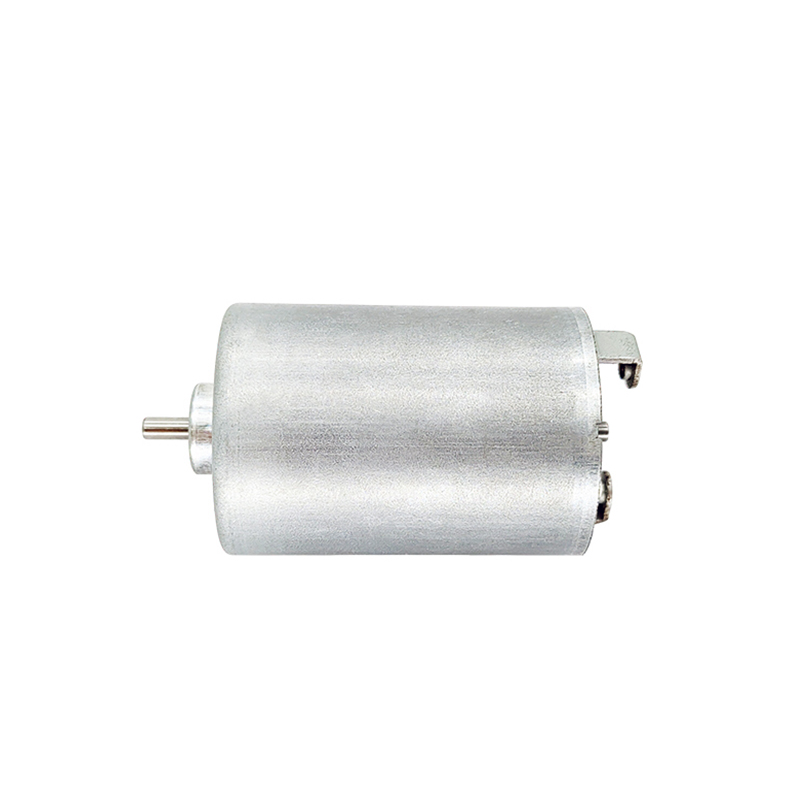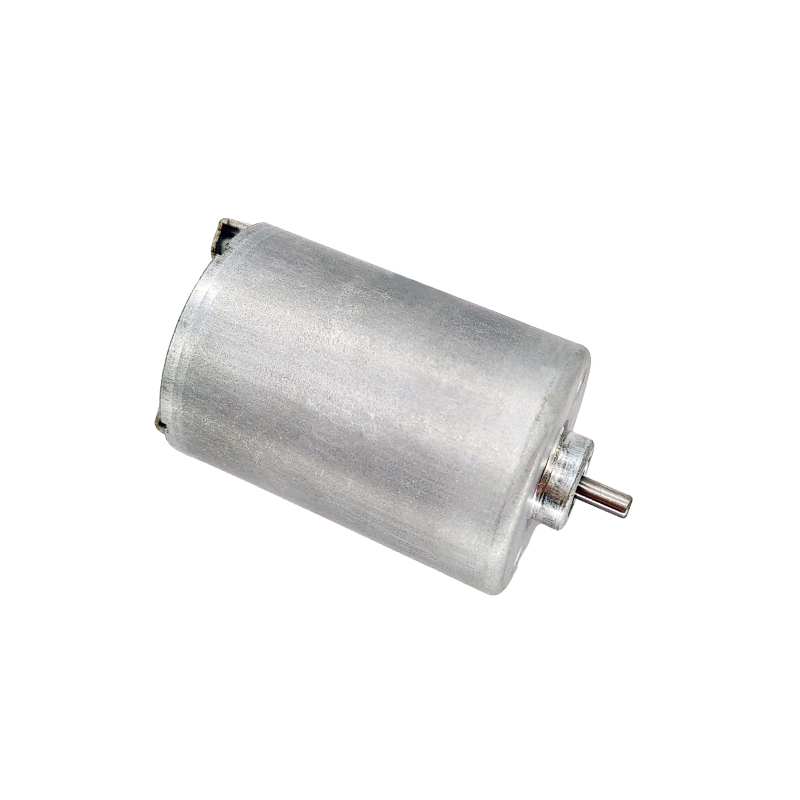I. According to the excitation mode:
(1) Reactive Stepper Motor (VR)
Features: high torque output (high power consumption, current up to 20A, high driving voltage);
Small step Angle (minimum 10 ');
No positioning torque when power is off;
Motor damping is small, single step operation (refers to the pulse frequency is very low) oscillation time is long;
Higher startup and operation frequency;
(2) Permanent magnet stepper motor (PM)
Features: small output torque (power consumption is small, current is generally less than 2A, driving voltage 12V);
Large step Angle (e.g. 7.5°, 15°, 22.5°, etc.)
It has a certain holding torque when power is off;
Startup and operation frequency is low.
(3) Hybrid stepping motor (HB)
Features: the output torque is larger than permanent magnet type (power consumption is relatively small);
Step Angle is smaller than permanent magnet type (generally 1.8°);
No positioning torque when power is off;
Higher startup and operation frequency;
Two, according to the stator winding mode:
(1) Two-phase stepper motor: the most commonly used stepper motor type, accounting for more than 97% of the market share, high cost performance, with a subdivision driver after the effect is good;
(2) Three-phase stepper motor: can achieve large torque output, but the noise and vibration are relatively large;
(3) Five-phase stepper motor: with smaller step Angle and higher accuracy;
Three, according to the transmission design:
(1) Rotary stepper motor: the most common type of stepper motor, used to achieve rotary motion;
(2) linear stepper motor: used to realize linear motion, through a special transmission mechanism to convert the rotating motion into linear motion;

